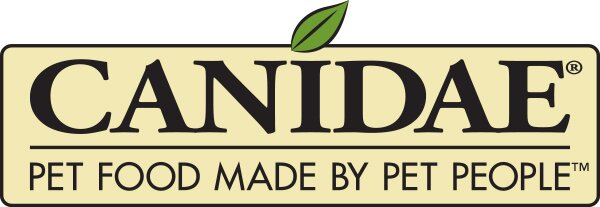Why Transition When Changing Your Dog’s Diet?
Your dog’s digestive tract is sensitive and needs time to acclimate to changes in diet. At CANIDAE All Natural Pet Foods we recommend the following transition guidelines based on customer feedback, advice from veterinarians and our own experience with our family pets.
CANIDAE All Natural Dog Food contains more meat and less carbohydrates than most other brands. While a higher meat to carbohydrate ratio provides a healthier and more natural canine diet, those dogs who are used to eating a different diet will transition easier if the old food and new food are mixed together for a short time.
CANIDAE All Natural Dog Food is also more dense than most other brands because we use nutritionally dense meals, which originate from meats processed in a human grade facility, that are low in moisture and very high in pure protein. When cooked, these meat meals shrink much less than other protein sources. This results in a pet food that is denser and more nutritious than most other brands. Many dogs also find our food to be more palatable than other brands, so some will want to eat more.
An abrupt change to a different diet can cause some dogs to experience gastro-intestinal upset, for example, loose stools or vomiting. While this upset usually disappears in a matter of days, it can often be avoided by following these simple transition guidelines. Unlike humans, dogs often eat the same diet for months or years and their digestive systems are not as used to change as ours are.
How to Transition Your Dog’s Diet
We have found that the smoothest transition from one dog food to another is to mix the foods together. This process should usually take about six days as outlined below, but you can increase the transition time if your dog is particularly sensitive.

Additional Tips for Food Transitioning
In most cases we realise transitioning slowly is not possible. In that case, feed smaller portions more regularly. We suggest breaking up the daily intake to 3 to 4 feedings per day. Adding warm water to the food will also decrease the chance of your dog eating too quickly and not chewing thoroughly. Gulping a highly palatable product could cause vomiting.
If at any time during the transition, your dog experiences gastro-intestinal upset, keep the ratio of new to old food the same for several days. This will allow your dog to adjust to the new ratio before you incorporate more of the new food. In the event you are not transitioning with your old food, withhold food for 1 day and then start re-introducing 3 to 4 feedings per day mixed with warm water. All other treats and supplements should be withheld until fully transitioned.
You may notice a change in the appearance of your dog’s stool even after the transition period. This can often be a result of a change in the amount of fiber and protein in the new diet and is normal.
